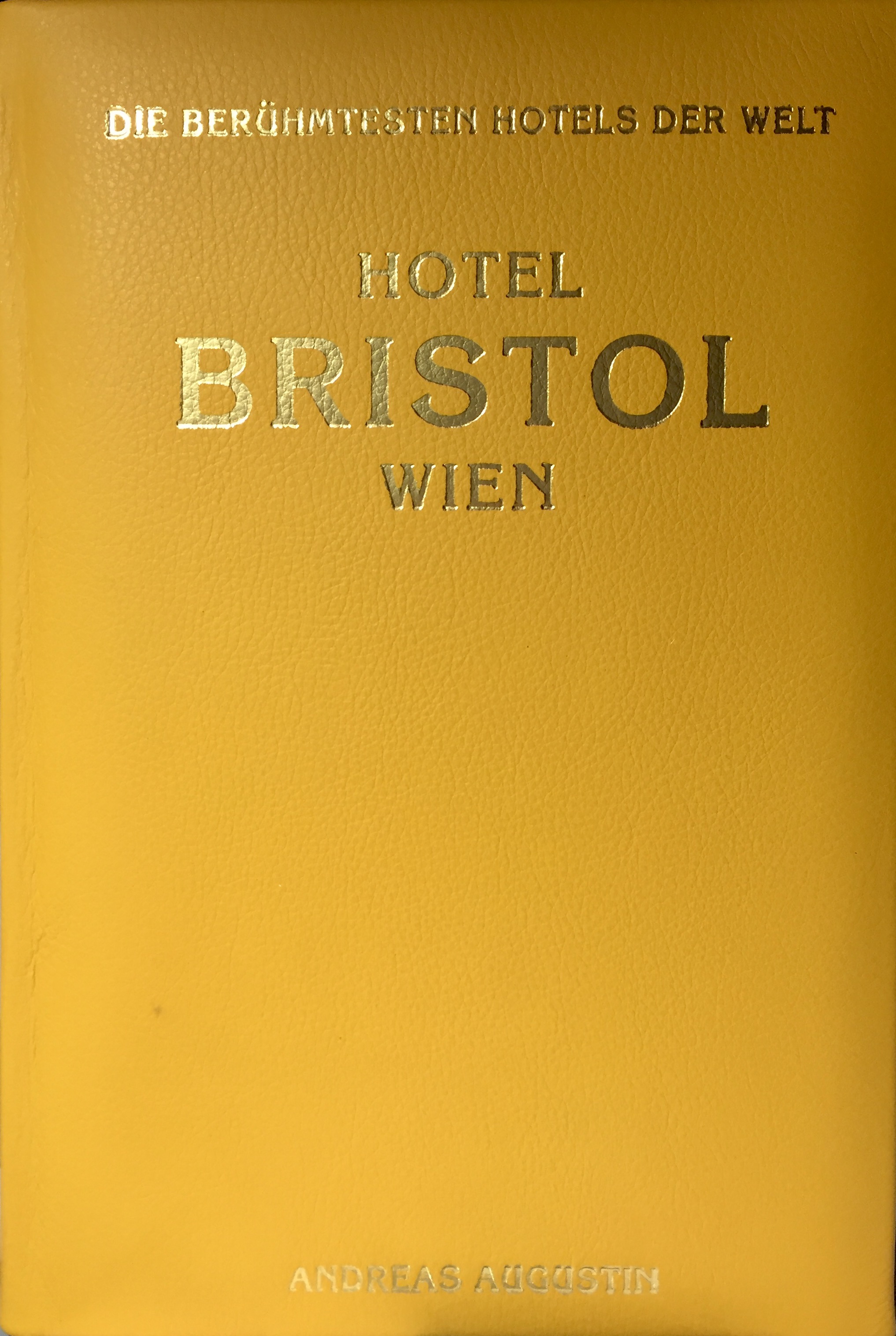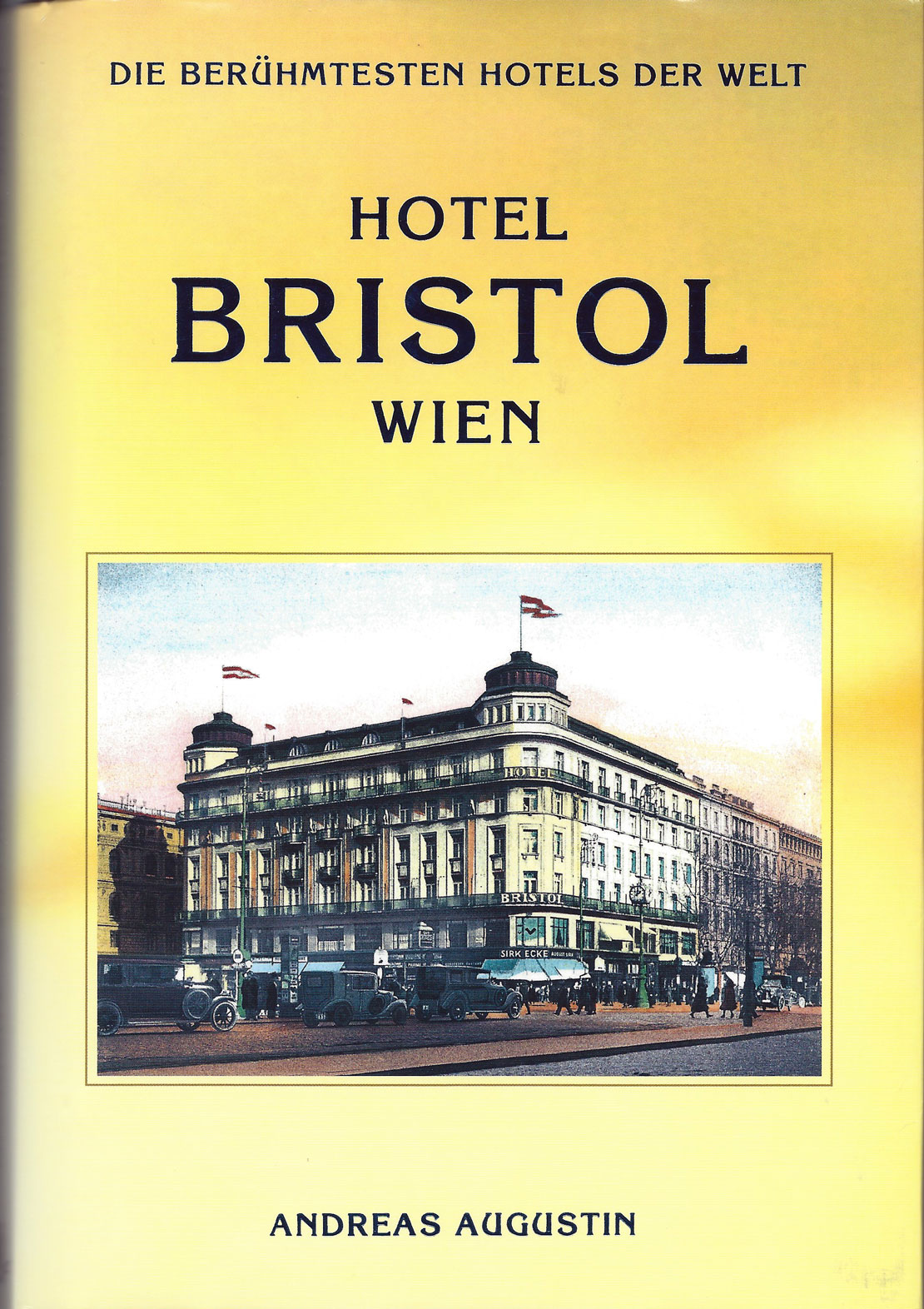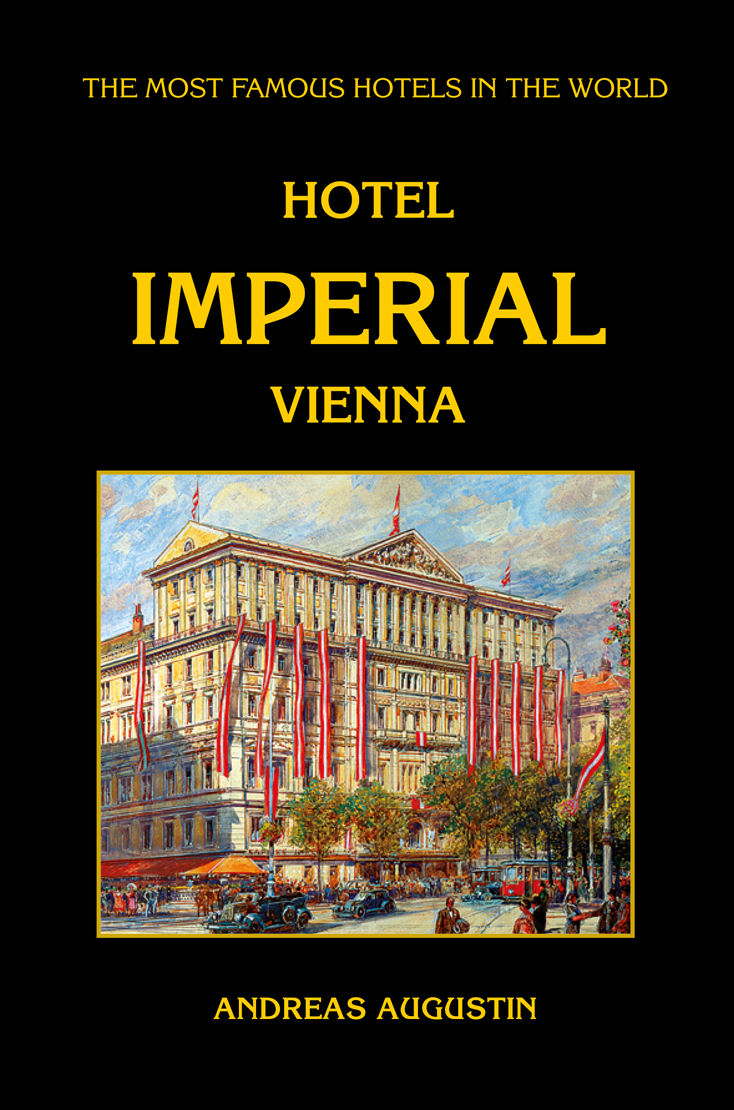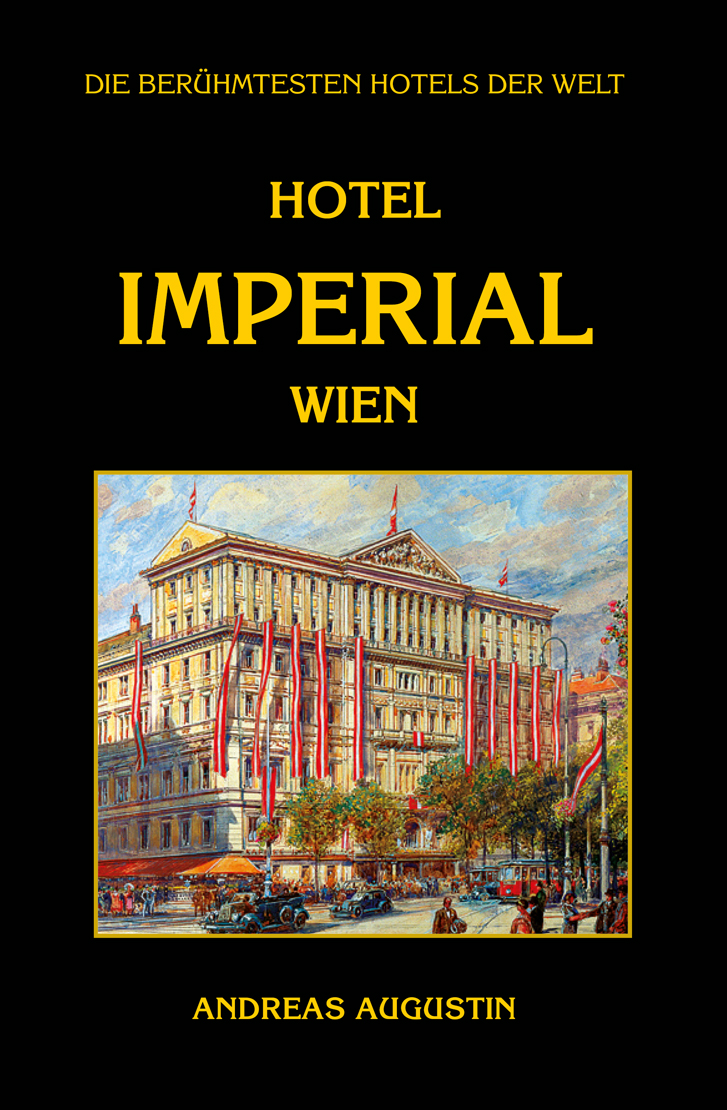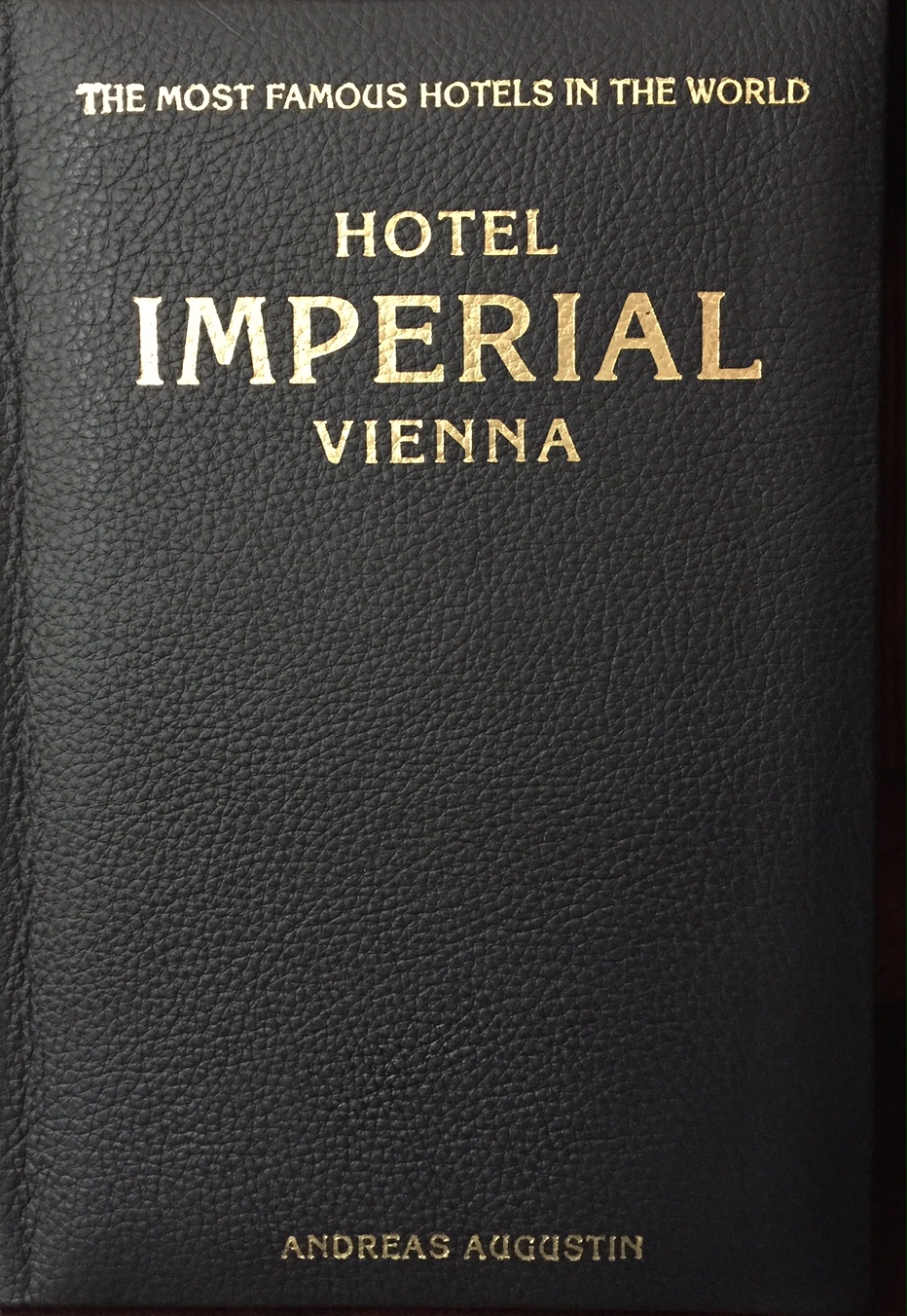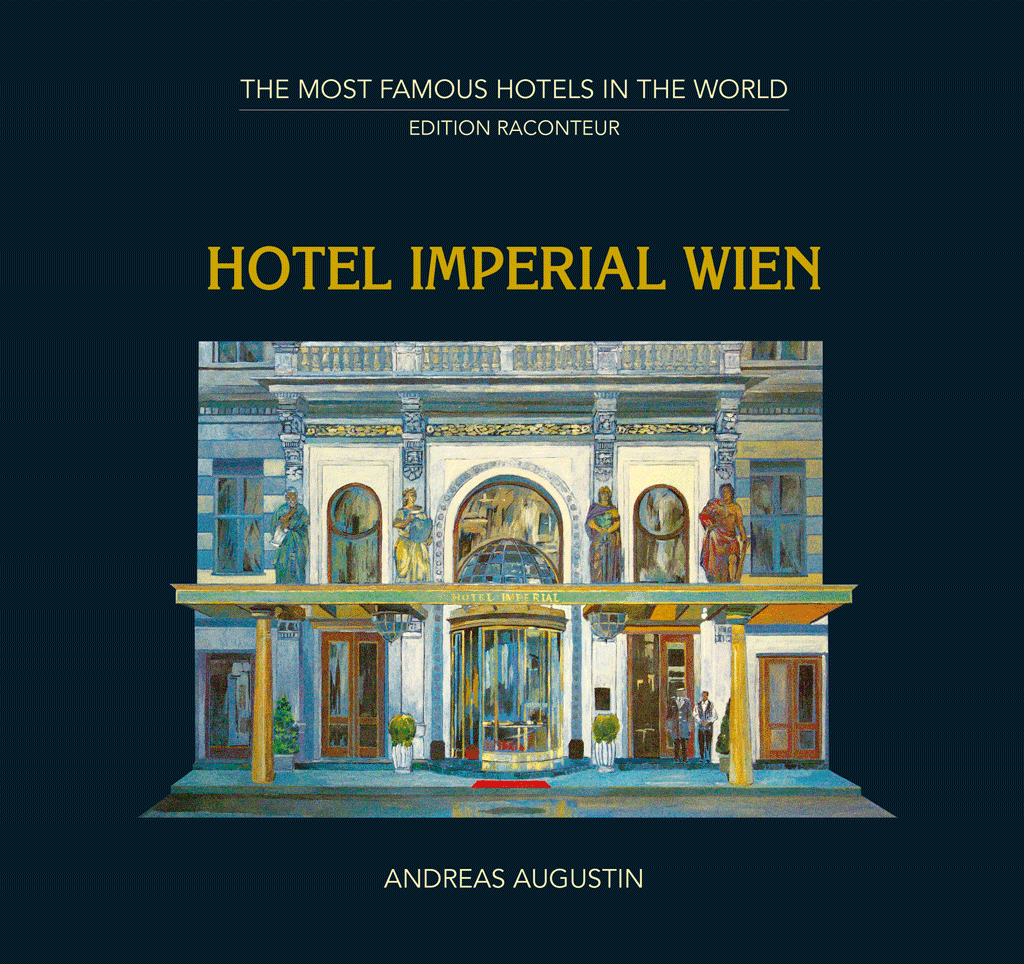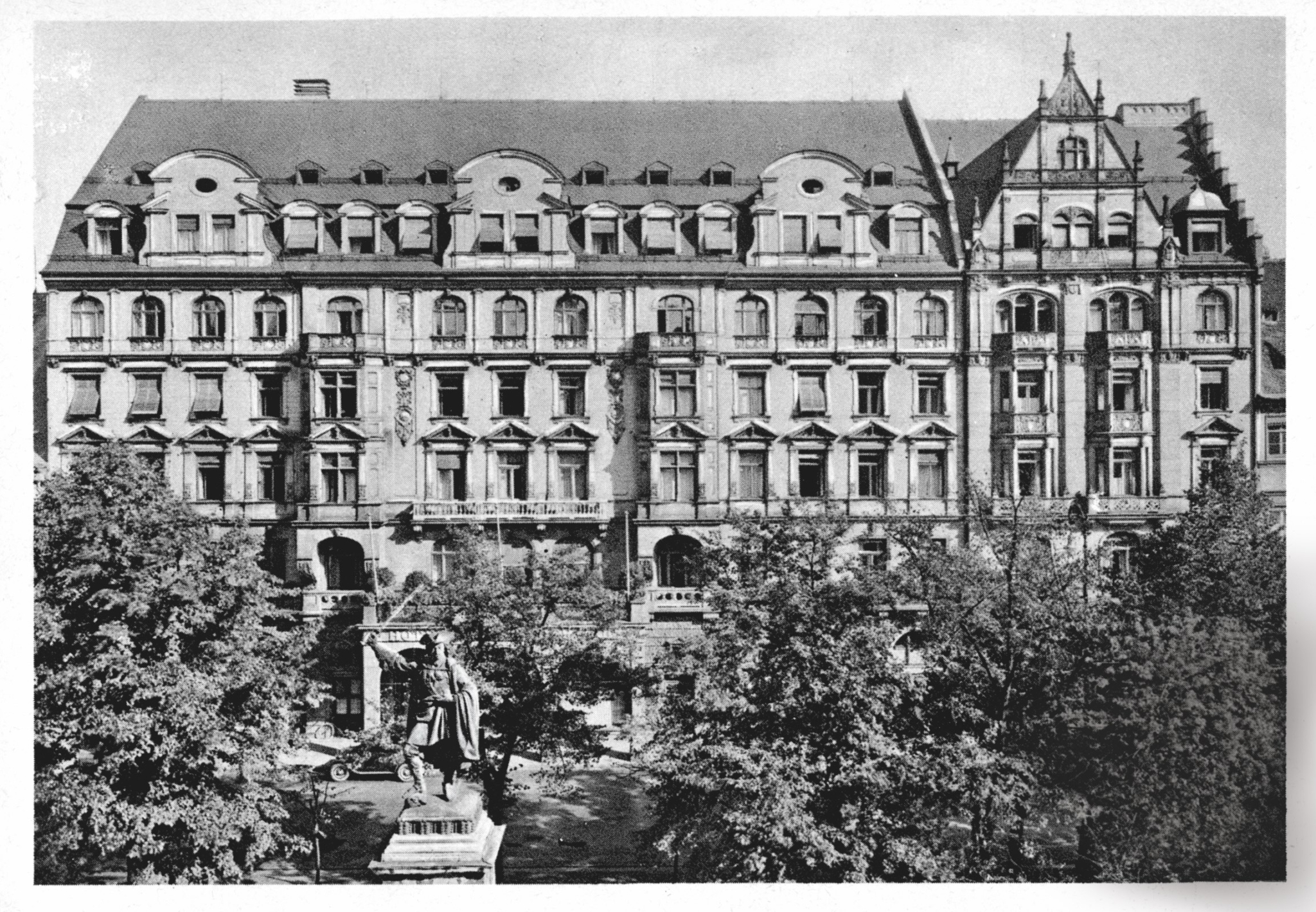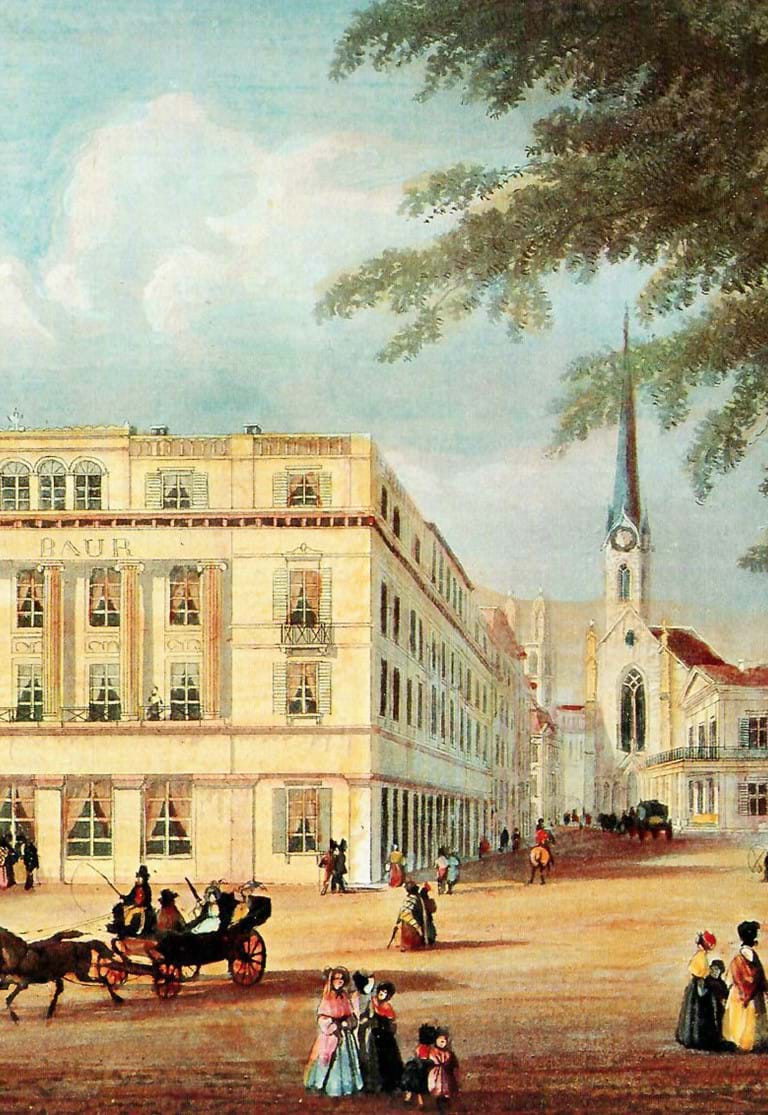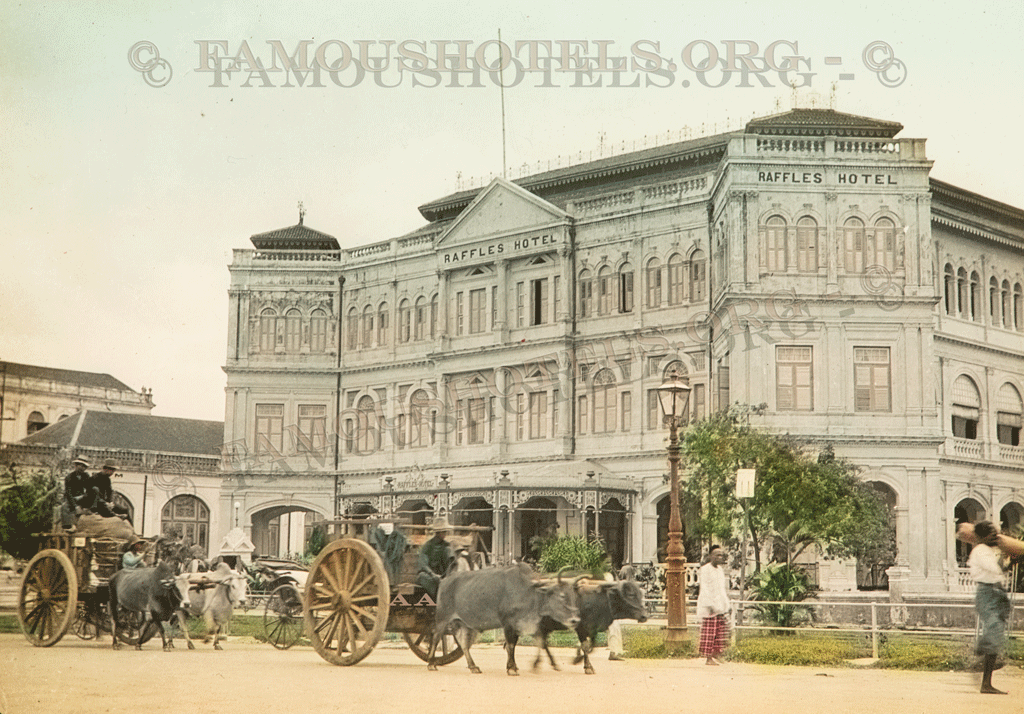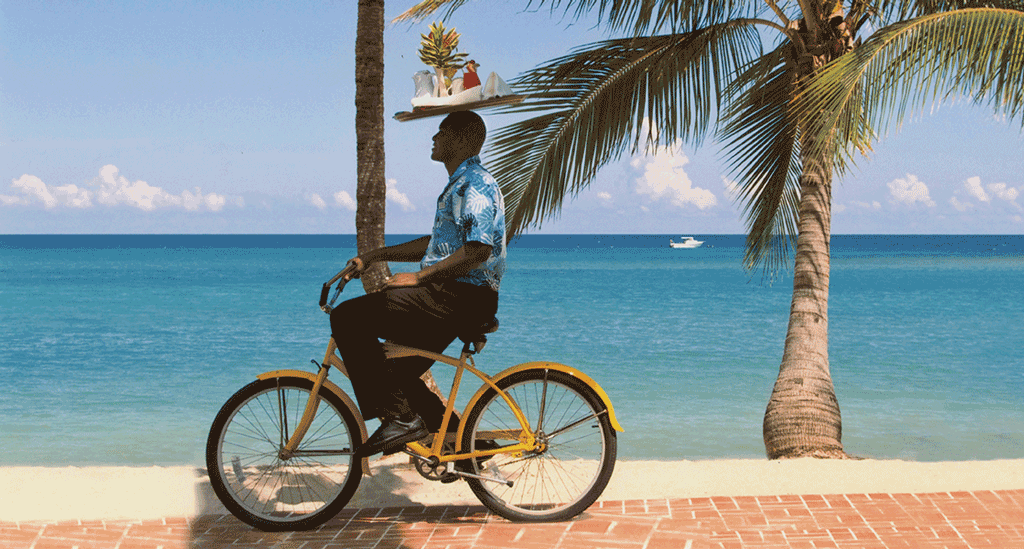Hotel Bristol – Vienna, Austria (English)
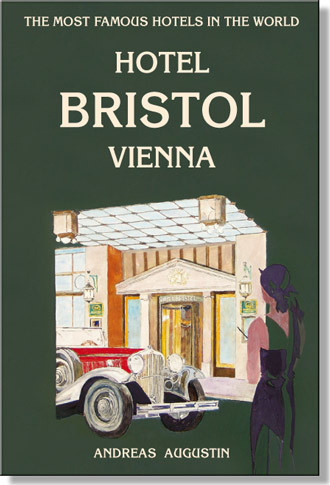
Author
Andreas Augustin
Pages
160
Photographs
Illustrations
220 pictures, maps, illustrations, historical and contemporary photographs (Bill Lorenz and Jaime Ardiles-Arce);Cover by Manfred Markowski
Leather-bound edition
Yes
Binding
Hardcover (real cloth bound / gold stamping / dust jacket)
ISBN
978-3-900692-11-7
Size/Weight
160 x 235 mm, 720 g
Also available in
German
Related Hotel
Price: € 43.00
Add to cartGeorge Gershwin was working here on “An American in Paris”, the Maharaja of Patiala borrowed the Bristol’s chef for his travels through Europe. Opened in 1892, the Viennese Hotel Bristol’s story is full of exciting events, famous guests and lovely anecdotes. This book puts an end to all speculation around the name Bristol and a certain Earl of Bristol.
Since its opening the hotel has been a home away from home for celebrities including all famous opera stars who made their appearance at the opera house vis-à-vis, from Australian Dame Nelly Melba and Enrico Caruso to Angela Gheorghiu and Jonas Kaufmann.
Peace Nobel Prize winner Bertha von Suttner met her political rival Theodore Roosevelt. Famous artists, Nobel Prize winners and crowned heads have walked through the doors of this hotel and so they wander through the pages of this book. Here you meet them again: from Rubinstein to Puccini, from the Khedive of Egypt to the Prince of Wales, who secretly arrived with his great love, Wallis Simpson. Today, the Prince of Wales Suite bears witness to this wonderful romance.
We meet hundreds of famous visitors and guests, among them also the leading figures of the US forces during the occupation after the Second World War, many artists, and the conductors of the most famous orchestras in the world, among them Herbert von Karajan and Leonard Bernstein.
‘Welcome to the Hotel Bristol!’ The car attendant opens the door. The modern hackney carriage is made of solid metal and the door falls back into the lock with a rich sound. In front of me the Bristol. Across the road the Opera. From the open windows of a répétiteur’s chamber the wind carries strains of La Bohème across the Opernring. Later we will find out that Puccini resided at the Bristol.
The welcome at the reception is the usual warm one, ‘welcome back home!’ – and I am ‘at home’. Next to the revolving door the all competent concierge desk – ever since a legend and tradition at this hotel. I immediately discuss the tickets for the opera performances, there is a philharmonic concert at the Musikverein, and a touring ballet group is in town. It's the Kirov Ballet and there might be a chance for a ticket ...
While I sink into the pillows of the Chinese Salon, my mind already travels back to what we have researched and found about this great hotel. Follow me on a journey back to the Vienna of the 1890s. At that time it was the capital of the Austro-Hungarian Empire in the heart of Europe. Amidst a multitude of different nationalities and languages – the Hungarians called Vienna ‘Becs’ and the Czechs called it ‘Viden’ – German was the official language: from Bregenz in the West to the Russian and Romanian borders in the East, from Prague in the North down to Trieste and Pula – coastal towns on the Adriatic Sea. In 1892, over 41 million people lived within the boundaries of this empire.
On 26 June 1892, Andreas Kührer, owner of two Viennese restaurants, opened the Hotel Bristol. The Hotel Bristol began its career approximately 100 metres from its present location. Over time it expanded, block by block, until finally, in 1916, it included that part in which it is housed today. Gradually the hotel ‘worked its way up’ to the best address in town: Kärntnerring 1, on the corner of Kärntnerstrasse. This is where the ‘Sirkecke’ used to be, named after a merchant whose shop used to stand here.
Enter the hotel with its exquisite restaurant, its discrete bar and its cosy ambience. You are diving into one of the last remaining secret meeting places of Vienna. The Bristol is one of the secret switchboards of the country. Political decisions are made in meeting rooms hidden away under its roof, deals are sealed at its discrete bar, cultural sensations revealed in its oval lobby, books written in silent rooms, films made under its original Art Deco staircase and last but not least: exquisite food is served.
After you Madam, or maybe the gentleman would like to take the first step onto the next pages, back to the year 1892.
The Bristol riddle: At the Bristol we had a totally different problem to tackle – this time with global consequences. The Hotel, named after the Earl of Bristol, stands at the best location in the city, right next to the State Opera House.
It had opened in 1892, some 20 years after the Imperial. Much had changed in those two decades. While in 1873 French was the elegant society language, now English had become increasingly popular. The legendary Crown Prince Rudolf had committed suicide with his lover Mary. Please note: Mary, an English name. You will see what I am driving at. We were not aware that it was somewhat difficult to document exactly why a hotel is called Bristol.
Soon we realised that this was a dilemma all Bristol hotels around the world suffered from. They all told the same story. They were allowed to name their house after Frederick Augustus Hervey, the fourth Earl of Bristol. It has been said that the Earl only gave permission for the use of his title to those hotels that could measure up to his high standards. An interesting anecdote. Charming. But true?
First we looked at the life of the Earl in question. Frederick Augustus Hervey, Earl of Bristol and Bishop of Derry, was an eccentric traveller. Nevertheless, for the hotels to have named their houses with his consent, he should have lived one hundred years later. He lived from 1730–1803 while the first Bristol hotel opened in Rome in 1870. Secondly we checked the coat of arms carried by every Bristol hotel of note. They were all more or less the same. But did this coat of arms actually belong to the Earl? No. Not remotely. Common sense suggested we check a totally different source. I searched for the coat of arms of the English city of Bristol. The Earl of Bristol has nothing to do with the city of Bristol - it's like a Mr Frankfurter living in London.
We can assume that the early Bristol hotels (Rome 1870, Vienna 1892) served as examples to the hotels that opened in later years (Warsaw 1901, Oslo 1920, Paris 1925 plus around 50 further hotels across Europe). Without knowing it they all proudly carry the coat of arms of the City of Bristol. The often quoted connection to the Earl of Bristol is no more than a bad PR gag. Maybe because English had become fashionable as the new source of names. English tourists roamed the streets of Rome in the second half of the 19th century, while the wave of British engineering that brought Europe electricity, gas and tramways also carried the language from the islands to the continent. Mary was one example, so was Bristol. And let the Earl rest in peace. As you can see, the hotel trade is full of surprises. Until recently this story was supported by many Bristol Hotels and sold to guests as fact. If someone had really named a hotel after the Earl of Bristol, they would have used his coat of arms. The Bristol hotels all over Europe - one by one - dropped their false PR legends and slowly replaced them by accepting the truth. (have a look at the pages from the book covering this story - download a pdf file) But why do you need an Earl of Bristol when the phone rings and a real prince is on the other end of the line? 'This is Prince Kinsky. I wonder whether you know that my father died at the Bristol under mysterious circumstances … Come and see me. I will tell you more.'
The idea to produce this book was encouraged and supported by the former managing director of Imperial Hotels Austria AG Erhard Noreisch. Ever since, it was accompanied by the director of public relations of the house, Dr. Petra Engl-Wurzer and we thank her for all her efforts.
Our heartfelt gratitude also goes to the current and former general managers of the house, in particular Oscar del Campo, Thomas Schön, Raimund Jeschek-Fritsch, Andreas Vögl, Georg W. Engelhardt and the late Otto Scheiner.
Research for this book started in the 1990s, and on the way we have met many helpful people who provided material. Thanks to Isabella Rittenschober, Wolfgang Erdhart, Dieter Ludewig, Andeas Bienenstein, Pamela Engelmann, Evelyne Seyfried, Regina Klaus, Bar- bara Bischof, Heiko Brunner, Reinhard Gerer, Konrad Gutlederer, Dieter Hölzl, Johann Krätschmer, Caroline Müller, Lisa Nassler, Gerhard Palm, Franz Ramusch, Gabriela Reithofer, Rupert Schnait, Gerald Angelmahr and all the others. Special thanks to Prince Ulrich Kinsky.
Historical database: Mag. Carola E. Augustin and Dr. Marcello de la Speranza.
Special thanks to our George Gershwin specialist, Richard Lewis, to Haik Zarian and Dr. Helmut Lederer.
Photography: Jaime Ardiles-Arce; Philipp Hutter, archives of the Hotel Bristol; Bill Lorenz, archives of the Austrian National Library (portrait collection, picture library and Fideikommissbibliothek); archives of M. de la Speranza, Vienna; Famous Hotels Main Archives, Vienna; Imperial War Museum, London; The British Library; Archives d’Outre-mer, Aix-en- Provence, Franz-Ulrich Prince Kinsky, Gustav Kollar, Hans Brunner.
All historical data used in our research was selected and collated according to universally applicable principles. Our aim was to provide a general historical overview that should be both informative and entertaining. Therefore, this work does in no way claim to be complete.
The entire work including its cover, attached postcards and bookmarks is subject to copyright laws. No part of this book may be reproduced or transmitted in any form or by any means, electronic or mechanical, or by any information storage and retrieval system with- out express written permission from the copyright owner.
Important Note for Publishers and Authors
All photographic material used in this book can be obtained as digital files of the highest quality. Please contact the Archives of THE MOST FAMOUS HOTELS IN THE WORLD and request the best possible photographic material for your own publications. We would be delighted to help.

